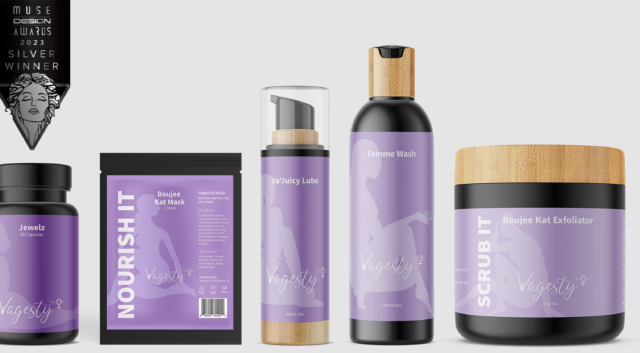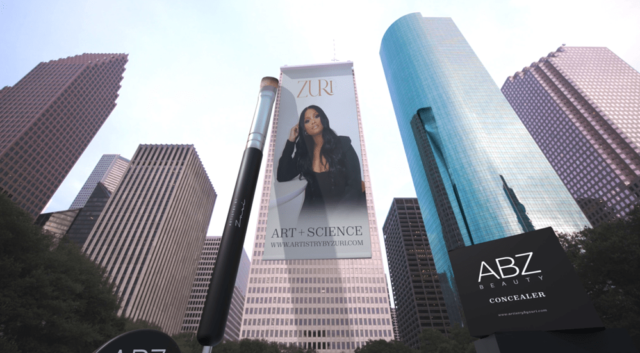When it comes to branding, color is one of the most powerful tools at your disposal. The psychology of color has been the subject of endless research projects over the years, and it’s generally accepted that people will have a different emotional response to specific hues. Red, for instance, is seen as the color that gets people’s pulses racing, and has been adopted by brands from Coca-Cola to Vodafone. Meanwhile, blue has associations with calmness and dependability, and is popular with banks and financial institutions as well as the NHS.
It doesn’t come as much of a surprise then, that many companies feel protective over the color (or colors) they choose to associate their brand with. There are countless examples of businesses taking other businesses to court over color-related disputes – although relatively few genuine success stories. While the US Federal Court of Appeals ruled in a case against Yves Saint Laurent in 2012 that Christian Louboutin could protect its instantly recognizable red-soled shoes from copycats, the ruling doesn’t apply when the rest of a shoe by another designer is red as well.
It was a similar story for Cadbury in 2013 when, after a long-fought legal dispute, Nestlé managed to overturn a ruling that allowed Cadbury to trademark its signature purple color, meaning it was unable to register exclusive trademark rights to the color. The real question is, couldn’t companies like Cadbury and Christian Louboutin’s money and time be better spent investing in decent design and branding, rather than expensive trademark lawyers?





